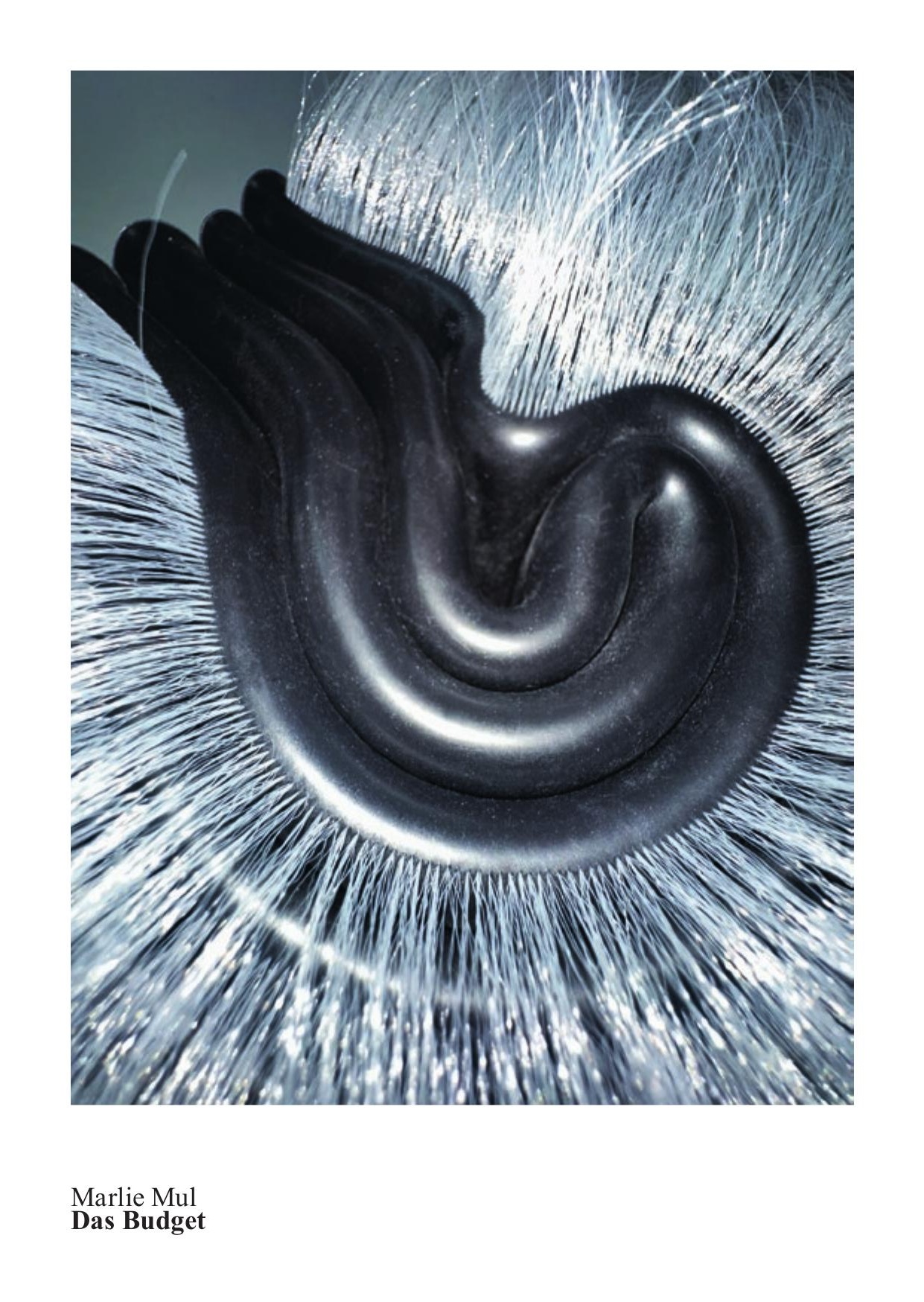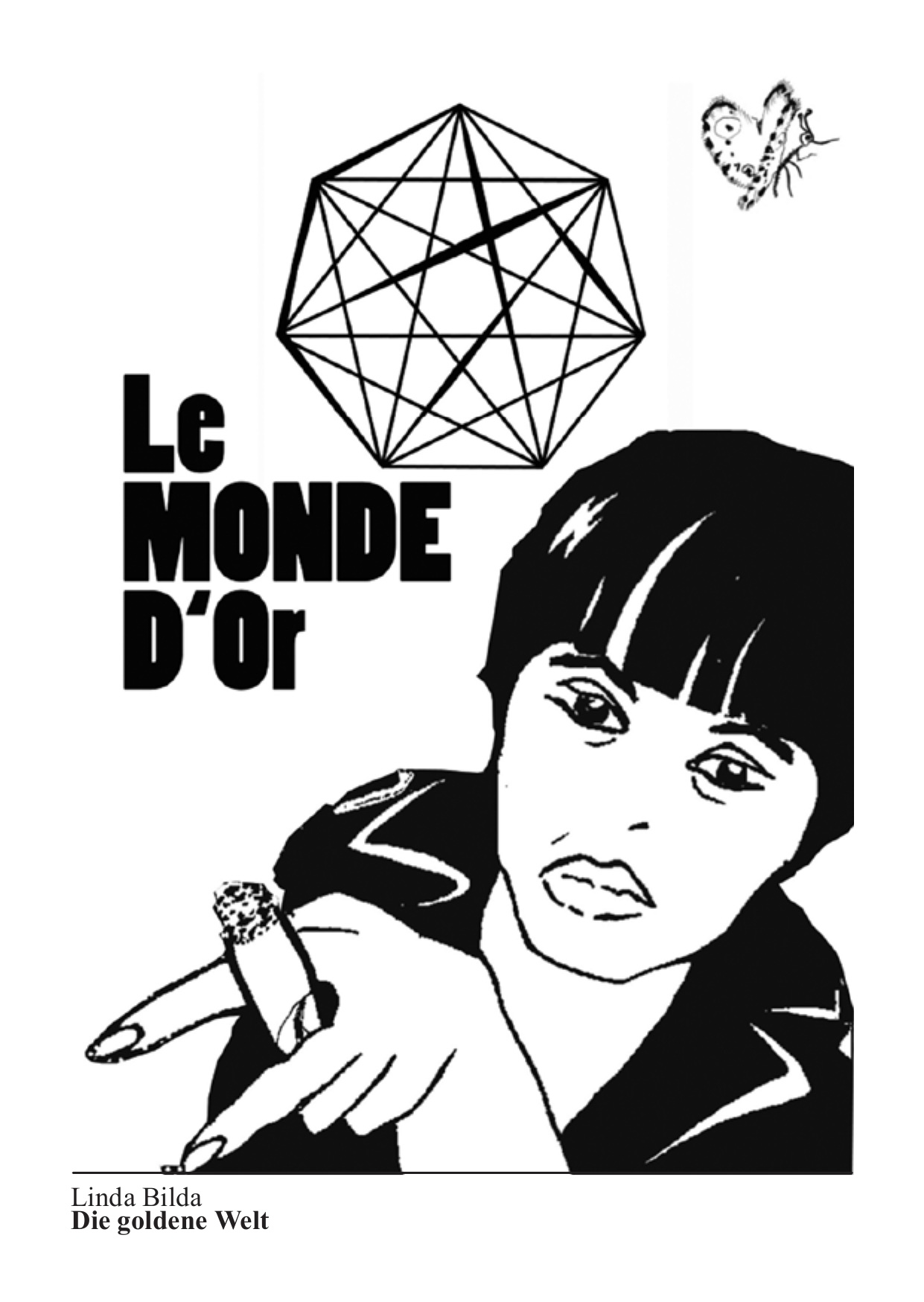27.1. – 25.3.2001
A Huge Ever Growing Pulsating Brain That Rules From the Centre of the Ultraworld (the Orb, 1991)
The French artistic twosome Vidya Gastaldon (1974, living in Geneva) & Jean-Michel Wicker (1970, living in Alsace and in London) envisions the album title of the music group Orb as a metaphor for and an introduction to an approach of their work. Freely translated, we must imagine a huge ever growing and pulsating brain operating outside the realm of the material, visible world.
Vidya Gastaldon & Jean-Michel Wicker have been working together since 1994, and their films, drawings, murals, and objects, their installations, musical productions, or narrative scenarios are truly "interwoven" with heterogeneous information, codes, and forms of reality.
The most apparent characteristic of Gastaldon & Wicker's work is a handicrafts bazaar, teenager's bedroom aesthetic, emanating from copious knitting, appliqué, and knotting technique treatments, with which the artists treat the abstract, minimal, or generally "modernistic" vocabulary: The artists beautify, entwine in yarn, camouflage, "contaminate", and convey through a kind of post-hippie mysticism into the private atmosphere of the cheerfully handmade realm. The systems of reference specified by the artists are diverse and broadly scattered: Abstract Electro Music belong to their universe just as do science fiction films, works by Timothy Leary, Terence Mc Kenny and Deleuze/Guattari, utopian structures from architectural history such as the case study houses and the works of Archigram, good design as well as phases of art history: Niki de St. Phalle's picnics in California, Robert Smithson's texts and early works, Dieter Roth's chocolate works, and the Icelandic wool wall reliefs familiar to them only through photographs.
In time- and material-consuming handwork, the artists emotionalize and privatize the remix of diverse elements from high- and sub-culture into "landscapes", which abolish the dimensions of familiar concepts as well as the dimensions of spatial and temporal experientialism: Wool tassels develop into gigantic objects (Grand large Beige, 1999) or, as a group in an ensemble stemming from a minimal installation process, evoke the romantic image of a natural landscape (Psychic landscape, free form (out of screen), 1998). 58 cubes made of high-tech materials with 14 extras in wool macramé and artistic decorations (Chocolate Explosion, 2000) transform the clear association of the objects into a children's building block system, whereby the elementary form vocabulary of abstract art, architectonic landscapes, and the conversion from large to small generate other "stories". Panther and pony representations in the form of textile appliqués and wool struts vary the artistic vocabulary of murals; films and music deliver the observer into the atmosphere of strangeness, without logic of perception and as they call it "Schizo-Dark-Psyche". With their layering and mixing of styles, eras, and materials, Gastaldon & Wicker probe the utopian atmosphere of globalized simultaneousness and omnipresence as well as the saturation of reality with conventional materialization and disseminated conditions.
Their cooperative effort accordingly parallels their formal and stylistic subject area: Geographically they work separately and subsequently join their individually fashioned components to form a new projection of a "psycho-geographical landscape" which overcomes space, time, and materiality, thus reaching beyond the glorification or ironic treatment of modernistic utopias or romanticizing concepts of what defines authenticity to probe the issue of the relationship to the objects comprising our reality.

















